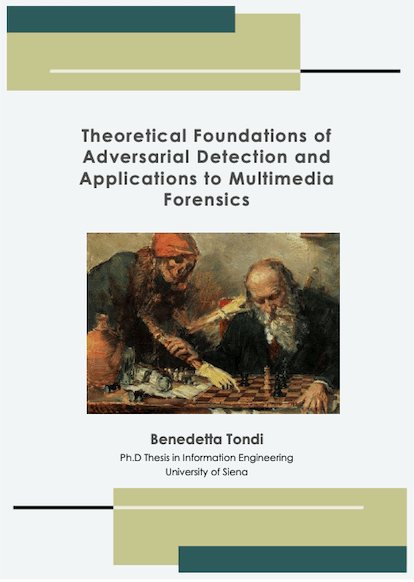

Visual Information Processing and Protection Group

Every day we share our personal information through digital systems which are constantly exposed to threats. Security-oriented disciplines of signal processing have then received increasing attention in the last decades: multimedia forensics, digital watermarking, biometrics, network intrusion detection, steganography and steganalysis are just a few examples. Even though each of these fields has its own peculiarities, they all have to deal with a common problem: the presence of adversaries aiming at making the system fail. It is the purpose of Adversarial Signal Processing to lay the basis of a general theory that takes into account the impact of an adversary on the design of effective signal processing tools. By focusing on the most prominent problem of Adversarial Signal Processing, namely binary detection or Hypothesis Testing, we contribute to the above mission with a general theoretical framework for the binary detection problem in the presence of an adversary. We resort to Game Theory and Information Theory concepts to model and study the interplay between the decision function designer, a.k.a. Defender, and the adversary, a.k.a. Attacker. We analyze different scenarios depending on the adversary’s behavior, the decision setup and the players’ knowledge about the statistical characterization of the system. Then, we apply some of the theoretical findings to specific problems in multimedia forensics: the detection of contrast enhancement and multiple JPEG compression.
Free AI Website Creator